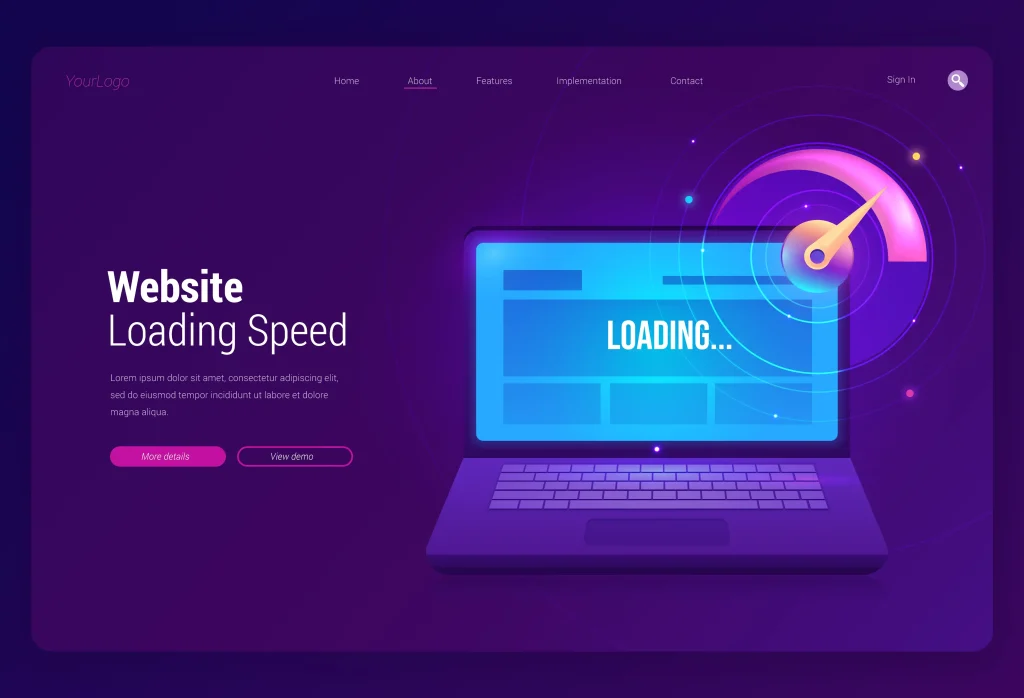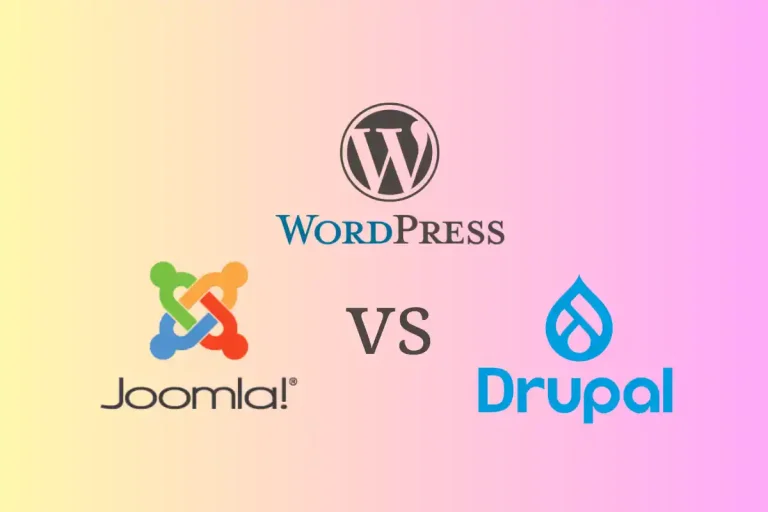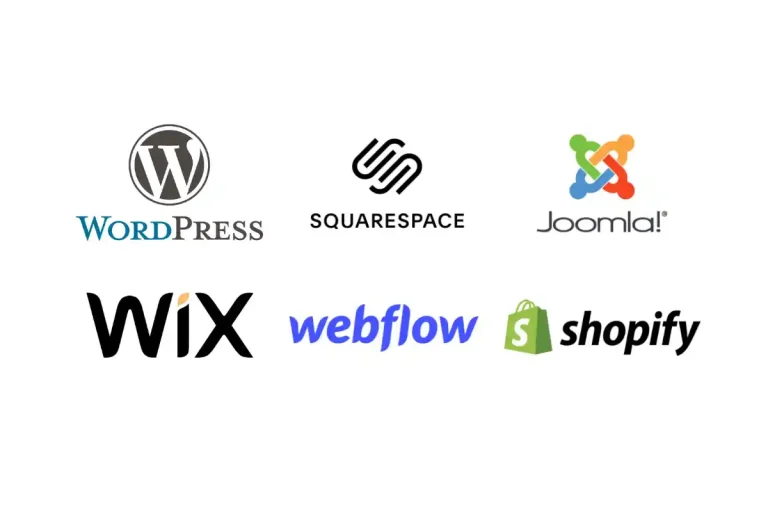Speed Optimization Tips Every Web Developer Should Know
Speed Optimization Tips, we’ll cover essential speed optimization tips every web developer should know to enhance website performance and provide a seamless browsing experience for users. Why Speed Optimization Tips Matters? Before we dive into the tips, let’s first understand why website speed is so important: Now that we understand the significance of speed, let’s…

Speed Optimization Tips, we’ll cover essential speed optimization tips every web developer should know to enhance website performance and provide a seamless browsing experience for users.
Why Speed Optimization Tips Matters?
Before we dive into the tips, let’s first understand why website speed is so important:
- User Experience: A fast website provides a better user experience, leading to higher engagement and retention rates.
- SEO Rankings: Google uses page speed as a ranking factor, so faster websites have a better chance of ranking higher in search results.
- Conversion Rates: Research shows that faster websites see higher conversion rates, as users are more likely to complete purchases or fill out forms on faster sites.
Now that we understand the significance of speed, let’s explore practical tips for improving website performance.
1. Optimize Images for Faster Load Times
Images are one of the biggest culprits when it comes to slow website performance. Large image files can take up significant bandwidth, leading to slower page loads.
Tips for Optimizing Images:
- Compress Images: Use tools like TinyPNG, ImageOptim, or Kraken.io to compress images without compromising quality.
- Choose the Right File Format: For photographs, use JPEG. For images with transparency or sharp edges, use PNG or SVG. Consider using WebP format, which provides high-quality images with smaller file sizes.
- Implement Lazy Loading: Lazy loading ensures images are only loaded when they appear in the user’s viewport, reducing the initial page load time.
2. Minimize HTTP Requests
Every time a user visits a page, the browser sends HTTP requests to the server to retrieve files like CSS, JavaScript, images, and fonts. The more requests your website makes, the longer it takes to load.
How to Minimize HTTP Requests:
- Combine CSS and JavaScript Files: Instead of having multiple small CSS and JavaScript files, combine them into a single file to reduce the number of requests.
- Use CSS Sprites: Combine multiple small images (like icons) into one image using CSS sprites. This reduces the number of requests needed to load your site.
- Defer Non-Essential Scripts: Load JavaScript files that are not critical for page rendering asynchronously or defer them until after the page has loaded.
3. Enable Browser Caching
Browser caching allows browsers to store certain elements of a webpage (such as images, CSS, and JavaScript files) so that they don’t need to be reloaded every time a user visits your site. This can significantly speed up repeat visits.
How to Enable Browser Caching:
- Set Expiry Dates for Static Resources: Configure your server to specify expiry dates for static resources. This tells browsers how long to store these files before requesting them again.
- Use Cache-Control Headers: Set up cache-control headers to define how long browsers should cache certain assets and whether they should check for newer versions of those files.
4. Leverage Content Delivery Networks (CDNs)
A Content Delivery Network (CDN) is a network of servers distributed across different locations. CDNs store copies of your website’s static files (like images, CSS, and JavaScript) and deliver them from the server closest to the user, reducing latency and improving load times.
Benefits of Using a CDN:
- Faster Load Times: By delivering content from servers closer to the user, CDNs reduce the time it takes for assets to load.
- Improved Scalability: CDNs can handle large amounts of traffic, ensuring your website remains fast even during peak traffic periods.
- Reduced Server Load: Offloading static content to a CDN reduces the load on your main server, improving overall performance.
Popular CDNs include Cloudflare, Amazon CloudFront, and KeyCDN.
5. Minify and Compress CSS, JavaScript, and HTML
Minifying your website’s CSS, JavaScript, and HTML files removes unnecessary characters like spaces, comments, and line breaks, making the files smaller and quicker to load.
How to Minify Your Code:
- Use Minification Tools: Tools like UglifyJS for JavaScript, CSSNano for CSS, and HTMLMinifier for HTML can help you minify your files automatically.
- Enable Gzip Compression: Gzip compresses text-based files like HTML, CSS, and JavaScript, reducing their size before they’re sent to the browser. Most modern browsers support Gzip compression.
6. Optimize Web Fonts
Web fonts are essential for improving typography on your website, but they can also slow down page loads if not optimized properly.
Tips for Optimizing Web Fonts:
- Limit the Number of Fonts: Use a minimal number of fonts on your site. Too many fonts can increase the load time.
- Use Font Subsetting: Instead of loading the entire font family, use only the specific characters or styles you need.
- Preload Fonts: Use the rel=”preload” attribute to load fonts as soon as possible, reducing render-blocking issues.
7. Implement HTTP/2 for Faster Data Transfer
HTTP/2 is a newer version of the HTTP protocol that allows faster data transfer between servers and browsers. It enables multiplexing, allowing multiple requests and responses to be sent simultaneously over a single connection.
How to Implement HTTP/2:
- Check Server Compatibility: Ensure that your web server supports HTTP/2. Most modern web servers, like Apache and NGINX, support it.
- Enable HTTPS: HTTP/2 requires HTTPS, so make sure your website uses SSL/TLS encryption to take advantage of this protocol.
8. Use a Fast and Reliable Web Hosting Service
Choosing the right web hosting provider is essential for ensuring your website loads quickly. A slow server can drastically affect your website’s speed, even if you’ve optimized everything else.
Tips for Choosing the Right Hosting:
- Select a Hosting Plan That Fits Your Needs: Shared hosting is often slower due to resource sharing. Consider VPS (Virtual Private Server) or dedicated hosting for better performance.
- Look for Performance Features: Choose a hosting provider that offers features like SSD storage, caching, and HTTP/2 support to improve speed.
Conclusion Of Speed Optimization Tips: Speed Optimization is Essential for Success
Website speed optimization is a crucial aspect of web development. By following these tips, such as optimizing images, minifying code, using a CDN, and leveraging caching, you can significantly improve your website’s performance and user experience.
Remember that website speed is not a one-time task—it’s an ongoing process. Regularly monitor your site’s performance and make adjustments as needed to ensure your website remains fast and competitive.
By focusing on speed optimization, you’ll provide users with a better experience, improve your SEO rankings, and increase your conversion rates.



